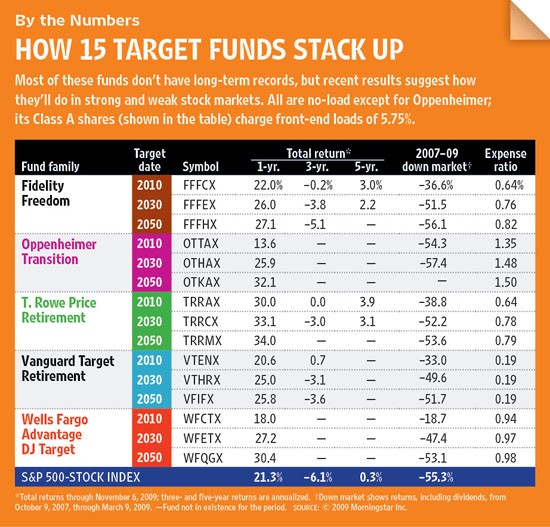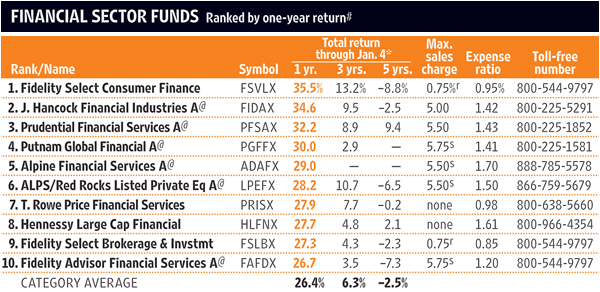The 25 Best FundsKiplinger
Post on: 13 Июль, 2015 No Comment

Seven new names join our list of favorites.
By Andrew Tanzer, May 2008
These are the times that try investors’ souls. The stock market is cracking. The housing bubble is deflating. Credit markets are frozen and banks are nursing self-inflicted wounds. The economy may have lapsed into recession. Even normally dull corners of the investment world, such as municipal bonds, are jittery.
We consider only funds that do not levy upfront or back-end sales charges (redemption fees that disappear after a month or two are okay). And we prefer funds that charge below-average annual fees.
We closely examine fund managers’ track records — the longer, the better — and listen carefully to how they describe their investment strategy and style. We compare their performance with the risk they bear.
We look for managers who know their stocks intimately, tend toward low turnover (with certain exceptions) and have the discipline to adhere to an investment style through rocky market periods. We favor managers who care about the preservation of your capital, although we are willing to recommend aggressive funds if the returns they have produced are commensurate with the risks they’ve taken. Finally, we give extra credit to managers who talk freely about their investment blunders and the lessons learned.
Investors have different investment styles, needs and time horizons, too. Therefore, we suggest three different portfolios composed of funds drawn from the Kiplinger 25.
Large-company stock funds
Longleaf Partners (symbol LLPFX ). Even if you’re not overly confident in the stock market’s immediate prospects, this is a good time to open an account with Longleaf Partners. The fund has a habit of closing to new investors when its managers think it’s growing too large to invest efficiently. In fact, Longleaf recently reopened after being shut for more than three years.
Run by Memphis-based Southeastern Asset Management, Longleaf has a long history of doing right by its shareholders. Closing to new investors is one way this is manifest. In addition, SAM employees are required to put all of their stock money in Long-leaf funds.
Performance hasn’t been too bad, either. Under Mason Hawkins and C. Staley Cates, who head a team of nine analyst-managers, Longleaf has returned an annualized 13% over the past 20 years to March 10, an average of two percentage points per year better than Standard & Poor’s 500-stock index. But don’t expect Longleaf’s returns to march in lock step with the index. That’s because Hawkins and his team adhere to strict value-investing principles and pay no attention to sector weightings.
When evaluating potential investments, Longleaf’s managers focus mainly on three issues. First, they seek good businesses, by which they mean companies that are insulated from competition, generate strong free cash flow (the money left after making the capital outlays needed to build or maintain the business) and have plenty of growth opportunities. Next, they seek quality executive teams, preferably owner-operators and certainly managers with capital-allocation skills to maximize the use of that abundant free cash flow.

Finally, the price must be right. The fund buys a stock if it is selling for 60% or less of Longleaf’s calculation of the company’s intrinsic value. Once the managers buy, they hold stocks for an average of five years.
As you might expect, the portfolio is eclectic. The largest holding at last report was Dell, the personal-computer maker. The moat protecting Dell is its low costs and its unmatched direct-to-customer sales. The company generates huge amounts of free cash. In addition, founder and chief executive Michael Dell is a large shareholder and, in Longleaf’s estimation, knows how to invest company cash.
Dodge & Cox Stock (DODGX ). Dodge & Cox Stock made a hefty investment in Wachovia Bank in late 2006. The bank’s shares sank in 2007 with the rest of the financial sector. So what did Dodge & Cox do? It doubled up and raised its stake in the bank to 4%. We’re patient and persistent, says John Gunn, one of the fund’s nine managers and chairman of the San Francisco-based fund family.
Their discipline pays off for shareholders. Over the past 20 years, Stock — which, like Longleaf, recently reopened to new investors — has returned more than 13% annualized. Not many large-company stock funds can match that record.
Although Dodge & Cox is known as a classic bargain-hunting shop, Gunn says the managers want growing companies that sell at attractive prices. For instance, Stock has loaded up on big drug makers, such as Novartis and Glaxo, both based in Europe. Gunn says the major drug companies are selling at the lowest measures of value in 20 years. The fund’s largest position is Hewlett-Packard, which, Gunn says, neatly encompasses two tidal forces acting out the next three to five years: the swift pace of technological innovation and growth prospects for 5.5 billion people in the developing world, who are steadily plugging in to the global economy.
T. Rowe Price Equity Income ( PRFDX ). Brian Rogers has run T. Rowe Price Equity Income since the fund began in 1985. So he’s survived a wicked cycle or two. He sees shades of the 1990 real estate bust today, except that this time it’s residential instead of commercial property. His advice: Don’t get irrationally depressed. The world doesn’t end that often.
Instead, Rogers is picking up companies with strong balance sheets and staying power, such as General Electric and McGraw-Hill. The market could take a while to turn around, but Rogers reckons that if you look out three years, it’s hard to imagine that a portfolio of high-quality companies paying regularly rising dividends won’t beat, say, the return on five-year Treasuries.














